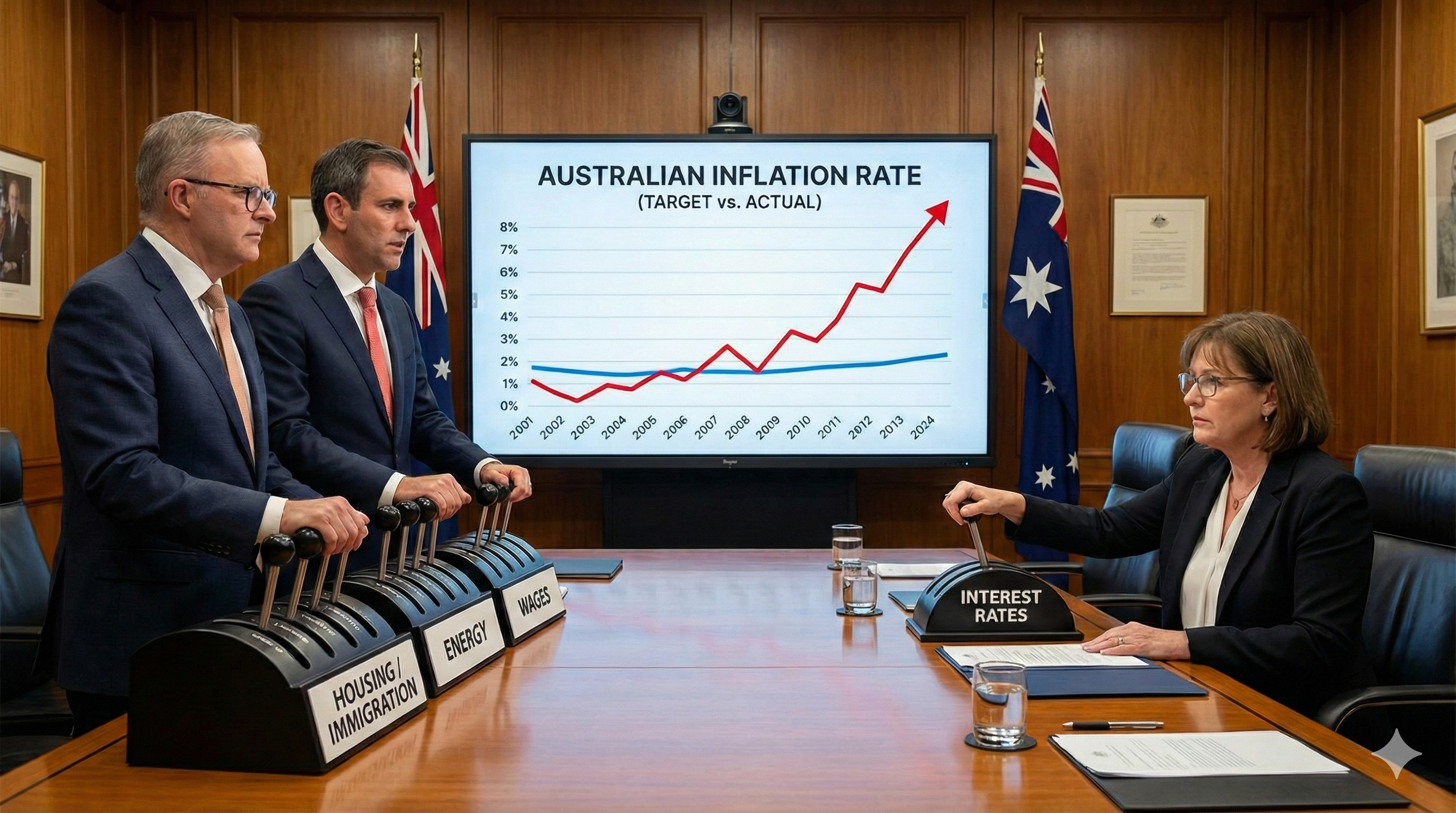Ensuring success in retirement planning - Longevity

“Life expectancy would grow by leaps and bounds if green vegetables smelled as good as bacon” is a quote attributed to American columnist Doug Larson and is a friendly place to start on the touchy topic of mortality.
Like it or not, a fundamental component of planning for retirement is not only framing up what you would like to do in retirement but also ascertaining some idea of when your retirement will ultimately end.
Thankfully, several methods help provide some colour (and action) to determine your life expectancy and thus increase your retirement planning success.
Personal Factors
A simple and effective solution is to look at your immediate lineage for some answers. Getting some idea of what age your grandparents (or parents) passed can be a helpful guide if the result was due to natural causes. Factoring in newer medicines and medical techniques, their lifestyle and overall health can help to focus your projections as well, of course.
Habits like smoking and working in dangerous environments were a lot more prevalent in past years, and your own experiences, exercise and other addictions (or lack thereof) may brighten the outlook a tad.
AFL great and Carlton’s coach of the century, David Parkin OAM, once said (to a group of men) “find out what your grandfather and father died of, and spend the rest of your life avoiding that” as apt guidance for those seeking to maximise their life expectancy, and it makes a lot of sense.
An Industry Approach
If tracing your ancestry is proving challenging, or you feel that your life has taken such a course that the lives of your parents and grandparents bear little resemblance, never fear: we have some alternatives.
It can be said that you can tell a lot about the lifestyle of a nation by comparing both its infant mortality rate and life expectancies, and as Australians, I have some good news.Australia shares an enviable and commendable position as a country with one of the lowest infant mortality rates in the world, three per 1000 births. It does even better at the other end of the age spectrum with a combined male and female age of 83 years old (and rising!). These statistics say a lot about the quality of our health systems and the high level of lifestyle enjoyed by Australians overall.
A typical go-to for financial planning modelling is to use the Life Tables released by the Australian Bureau of Statistics, which can use data at a state level to increase the accuracy over national numbers.
Often using the historical data as a base point and then winding up (or down) the expectancy age can help to increase confidence in ‘your number’ and, if you are using professional help in the planning process, can be refined in later projections as life goes on.
Financial Longevity
You will be happy to know that in comparison to your life expectancy, the issue of financial longevity is a little more specific. Financial theory, modelling and projections allow you to confidently estimate the range of probable outcomes of different financial actions, and therefore offer decent direction in how to ensure you successfully finance your retirement plans.
Getting it right in the pre-retirement phase
For those reading this in their pre-retirement stage, your primary driver to ensure financial longevity is to maximise your balance at retirement. This is for several reasons. Primarily, more money means a higher level of lifestyle in retirement and allows more options and freedoms. It also alleviates the potential for desperate reaches into riskier assets later on, which not just lowers your level of comfortability with your investments, but exposes you to significant losses in the event of a severe market downturn.
Maximising savings can take several forms, including raising superannuation contributions, reviewing investment strategies, lowering loan levels on non-productive debt and trimming pre-retirement expenditure.
Consider a post-career, career
One area that does not always spring to mind is working more, which, whilst not the most pleasant thought, can help to ensure that you get more use from your more energetic years and allow more financial wherewithal in your senior ones. This may take the form of an extension of your current employment or an opportunity to consider a new line of work and income, which, if possible, may extend past your ‘official’ retirement and continue to provide income in your later years.
For some, this may mean using their current qualifications and skills in either a training or consultancy capacity; for others, a complete shift in vocation means additional training of which time needs to be allowed for. It doesn’t need to be the highest paying or most reliable job, but aiming for work that you can comfortably and happily do in later years (often whilst staying within the tax-free threshold and related seniors tax offsets) can make an enormous difference to the amount of drawdown required from your retirement savings.
Investing for longevity
Considering the investment approach for retirement is a full-length article and indeed the domain of professional help if you feel you need it, but here are some key points to get started.
Once retired, a commonly used strategy for retirement funds is the ‘bucket approach’. An example of this involves segmenting your balances into three or more timeframe ‘buckets’, i.e. 1-3, 4-7 and 7 or more years from drawing down. This approach allows you to consider each ‘bucket’ separately when addressing both income and growth requirements. Your earlier buckets need to invest in more reliable or stable investments, where you give up capital growth prospects for higher levels of income, and in turn, expect lower levels of volatility. There is also a liquidity aspect that will be covered in a later article.
Conversely, your later timeframe ‘buckets’ can then be viewed as exactly that, long term investments, allowing much higher levels of growth assets (i.e. Shares). That way, if a market downturn happens, you now have time and financial resources in other buckets to wait for better market prices without needing to sell at lower prices.
These ‘buckets’ need both careful monitoring and maintenance, including regular revision as your closer buckets are depleted through living expenditure. In turn, higher growth assets are trimmed in solid market conditions to refill the nearer ones. This practice is known as rebalancing, and it is a crucial component of the whole strategy.
If the above seems too onerous or offers you the potential to get confused with a critical component of a successful retirement, remember help through a trained professional is always available.







